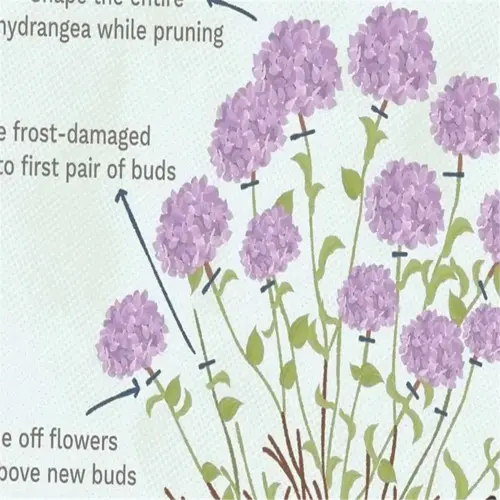Do worm castings attract beneficial insects?

Written by
Tina Carter
Reviewed by
Prof. Martin Thorne, Ph.D.The benefits of worm castings are not only in providing nutrition to soil and plants but also in terms of engineering ecosystems. Microbial activity in worm castings produces chemical signals that attract predatory beetles and parasitic wasps. In my rose garden, after starting a weekly castings tea regime, the aphid population dropped by 60%. Nature's pest control team arrived within days.
Beneficial Insects Supported
- Apply castings tea to leaf undersides
- Maintain 40-60% soil moisture
- Interplant with dill/fennel for wasp habitats
Pest Deterrence Mechanisms
- Chitinase breaks insect exoskeletons
- Saponins create bitter plant sap
- Microbes outcompete fungus gnat larvae
The microbial profile of castings works as an invitation for beneficials. Research at Rutgers University has shown that castings increase hoverfly populations by 200%, larvae eat 60 aphids per day. My zucchini hosted these allies, I no longer had to spray with neem oil.
In general, harmful insects are no longer attracted but outcompeted. In particular, the fungi gnats avoid the Streptomyces bacteria in the castings, because they attack and kill the gnats' larvae. After I added the castings to my seedling trays, the fungus gnat infestation completely disappeared within 10 days. I had effectively made the soil a hostile territory for invaders and a hospitable environment for allies.
Foliar Sprays
- 1 cup castings per gallon water
- Strain through cheesecloth
- Apply at dawn twice monthly
Soil Amendments
- Mix 20% castings in potting soil
- Top-dress every 45 days
- Water deeply after application
Timing is the most important aspect. Apply your castings before pest cycles begin; I treat my garden beds around early spring. This allows for beneficials to establish first which creates a biological barrier. Last season, cabbage moths laid 70% fewer eggs on the kale plants that had been treated prior.
Read the full article: 10 Worm Castings Benefits You Need to Know

